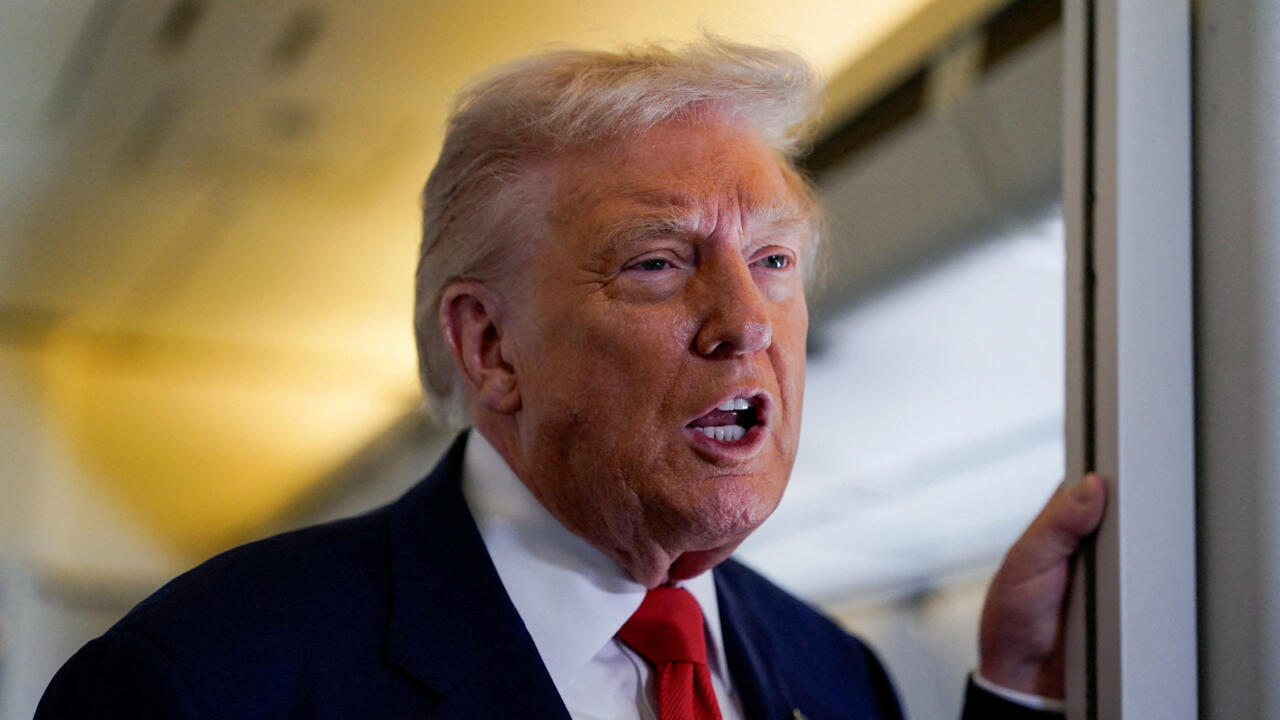Global tensions have intensified in recent years, with major geopolitical power struggles, economic uncertainty, emerging alliances, and technological competition reshaping the international system. The United States, China, Russia, and the European Union are exerting varying forms of influence, from economic sanctions to military strategies. Issues such as the war in Ukraine, US-China trade rivalries, the climate crisis, and shifting energy markets present unique challenges and opportunities for Latin America. Regional governments, businesses, and civil societies have responded by recalibrating foreign policies, seeking economic diversification, and rethinking security strategies.
Latin America’s Diplomatic Responses
Historically, Latin America has maintained a tradition of diplomatic autonomy, illustrated by the “principle of non-intervention” embedded in the policies of several countries. In practice, this has translated into multifaceted responses to global tensions.
Active Multilateralism: Numerous countries across Latin America utilize international forums, such as the United Nations, the Organization of American States (OAS), and the Community of Latin American and Caribbean States (CELAC), to advocate for joint solutions. For example, during the Ukraine conflict, responses varied: Brazil and Mexico opted for a neutral approach, urging for truce and diplomacy in UN General Assembly resolutions, while nations like Costa Rica and Colombia strongly criticized Russia’s actions, stressing the importance of international law. These differing perspectives illustrate the region’s diversity but also show a preference for peaceful negotiations and dialogue.
Pragmatismo Estratégico: Al enfrentar presiones de los bloques occidentales y orientales, los líderes políticos de América Latina a menudo optan por enfoques pragmáticos. Brasil, bajo la presidencia de Luiz Inácio Lula da Silva, ejemplifica esto con una política exterior de doble vía: fortaleciendo sus lazos tradicionales con Estados Unidos y Europa mientras revitaliza la asociación BRICS y busca nuevos acuerdos comerciales con China e India. México, a pesar de ser un centro de fabricación fuertemente vinculado al bloque económico USMCA, también busca una mayor implicación con Asia y Europa para evitar una dependencia excesiva de un solo socio.
Economic Realignment and Diversification
Global tensions have exposed weaknesses associated with dependence on certain markets and export goods. Latin America, known for its agricultural, energy, and mineral resources, has reacted by adopting economic diversification strategies and forming selective alliances.
Supply Chain Adaptation: The global supply chain disruptions triggered by the COVID-19 pandemic and exacerbated by geopolitical rivalries have led many Latin American nations to position themselves as alternative suppliers for critical minerals, agricultural products, and manufacturing services. For example, Chile and Argentina, among the leading producers of lithium (essential for electric vehicle batteries), are pursuing new investment deals with China, Canada, and the European Union. They are also negotiating terms that favor technology transfers and local value-added, aiming to move beyond simple commodity exports.
Trade Bloc Dynamics: Economic collectives, such as Mercosur and the Pacific Alliance, aim to fortify intra-regional relationships and establish new trade pacts. Mercosur has intensified discussions with the European Union, whereas the Pacific Alliance countries (Mexico, Chile, Peru, Colombia) are seeking deals with nations in the Asia-Pacific area, like Japan, South Korea, and Singapore. These actions indicate a wish to mitigate the impact of US-China economic rivalry and to enhance negotiating power amidst a volatile global market.
Security and Technological Considerations
Global insecurity stemming from organized crime, technology conflicts, and cyber threats requires adaptive and integrated strategies from Latin American governments.
Regional Security Networks: The spread of international criminal groups—many connected to worldwide illegal networks—has resulted in increased collaborative security efforts. Information-sharing projects, like the Lima Group (initially concentrating on the crisis in Venezuela), have grown to tackle drug smuggling, weapons trade, and money laundering. Nations such as Colombia and Brazil have strengthened alliances with American and European organizations, while certain countries participate in emerging cybersecurity collaborations with Asian nations.
Alliances and Competitions in Technology: The rivalry among Western and Chinese tech giants, particularly in the areas of 5G networks and monitoring technologies, offers both prospects and difficulties for Latin America. Brazil’s careful approach to choosing its 5G suppliers highlighted worries over information privacy, protection, and future reliance on technology. Meanwhile, urban areas in Ecuador and Bolivia have adopted surveillance setups constructed by Chinese companies, weighing affordability against issues of digital control. These examples highlight the intricate decision-making required in managing international technology competitions.
Societal and Environmental Implications
Latin American communities encounter direct impacts of global stress, especially in relation to migration trends, food and energy stability, and environmental issues.
Movements of People: Geopolitical upheavals, such as the economic downfall in Venezuela and political changes in Cuba and Nicaragua, have combined with worldwide patterns, leading to increased migration movements throughout the continent. Nations such as Colombia and Peru have addressed this by combining humanitarian assistance with more rigorous border security measures, simultaneously urging for unified international actions.
Climate Diplomacy: Latin America possesses immense biodiversity and is pivotal in global climate negotiations, particularly through stewardship of the Amazon rainforest. The global focus on energy transition has raised the stakes—Brazil, Colombia, and Chile are pushing for green investment and tighter deforestation controls, mindful of pressure from both the US and China for access to strategic resources. The region’s ability to balance economic needs with environmental responsibilities will shape its future influence and security.
Important Examples: Brazil, Mexico, and Chile
Exploring specific countries demonstrates the variety within Latin America’s responses to global challenges:
Brazil: Recognized as a leading economy in the region, Brazil constantly balances its foreign policy between independence and involvement. It remains focused on its partnership with China (its largest trading associate), sustaining long-standing connections with the US, and enhancing its role in BRICS conferences. Under President Lula, Brazil has been a strong advocate for South-South collaboration, transitions to renewable energy, and initiatives for mediation in Ukraine.
Mexico: Due to its location close to the United States and involvement in supply chains across North America, Mexico has capitalized on nearshoring opportunities, drawing in overseas investments influenced by trade conflicts between the US and China. Although it publicly supports certain US viewpoints, Mexico also maintains its policy of non-interference and expands its connections with the European Union and the Asia-Pacific region.
Chile: With a tradition of open markets and democratic governance, Chile has deepened partnerships with diverse regions—particularly through bilateral trade agreements and renewable energy investments. As a leader in lithium production, Chile is uniquely positioned to leverage global demand for clean technology, using targeted policy reforms to extract value and maintain autonomy.
The Pathway Forward: Resilience Amid Volatility
Latin America’s responses to global tensions reflect a complex mosaic of diplomatic calculi, economic realignment, and pragmatic engagement. The region leverages its resource endowments, demographic dynamism, and geographic position to seek greater autonomy and prosperity. By strengthening regional integration, diversifying international partnerships, and prioritizing sustainable development, Latin America is forging context-specific strategies to navigate an unsettled global order. The diverse pathways pursued by its nations underscore both the opportunities and constraints inherent in the current international moment, highlighting the region’s capacity for adaptation, dialogue, and innovation in an era of persistent uncertainty.





